Lifespan of LED Lights: Everything You Need to Know
By Johnny Updated: Oct 18, 2024
This blog will help you understand the lifespan of LED lights from the following 7 chapters:
Chapter 1. Introduction
Chapter 2. The Concept of LED Light Lifespan
Chapter 3. LED Light Lifespan Testing Standards
Chapter 4. How LED Light Components Affect Lifespan
Chapter 5. Other Factors Affecting LED Light Lifespan
Chapter 6. The Relationship Between LED Light Lifespan and Warranty Period
Chapter 7. Conclusion
1. Introduction
With the growing popularity of energy-saving and environmentally friendly concepts, LED lights
have become the first choice for everyday lighting. For consumers, longer lifespans mean fewer
repair and replacement costs, while for manufacturers, ensuring the durability of the lights helps
build customer trust and enhance brand image.
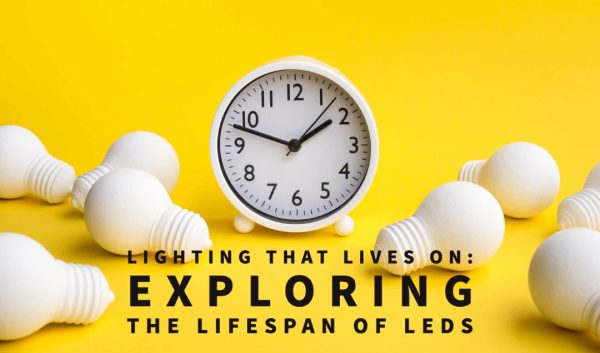
2. The Concept of LED Light Lifespan
1) Comparison with traditional lighting
LED lights have a lifespan that far exceeds that of traditional incandescent and fluorescent lamps.
Incandescent bulbs typically last around 1,000 hours, while fluorescent lamps have a lifespan of 5,000
to 8,000 hours. In contrast, LED lights usually last between 50,000 and 100,000 hours.
Below graph compares the lifespans of various types of lighting: (Source: EC Directive 2005/32/EC )

Assuming that LED light lifespan is 50,000 hours, the following is the corresponding lifespan by Year:
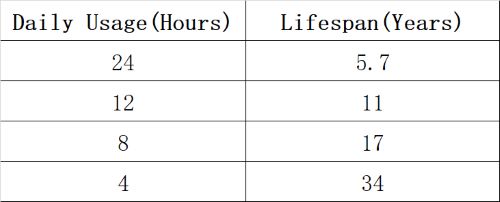
2) Defining “lifespan”: B50-L70
B50-L70 is a common term used to describe the lifespan and performance of LED
lights, combining two important metrics:
B50: This means that 50% of the LED lights will maintain operation without failure during the given time frame.
L70: It refers to the time when the brightness decreases to a certain level. Usually use Energy Star L-70 rating as
a key benchmark for assessing the lifespan of LED lamps, where L70 indicates the time when the LED light’s
brightness reduces to 70% of its initial value.
For example, an LED light rated as L70 for 70,000 hours means that after 70,000 hours, the light still maintains
70% of its original brightness.
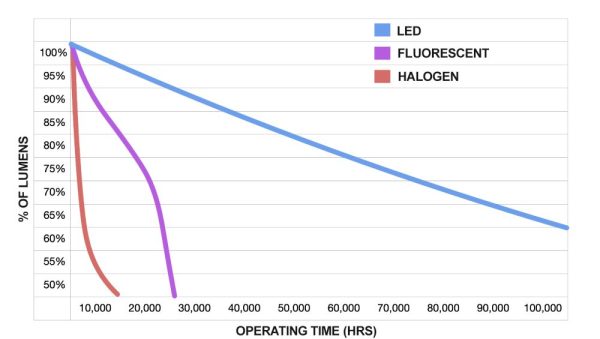
Thus, B50-L70 means that 50% of the LED light will maintain 70% of their original light output over a defined period.
This term is commonly used in the LED industry to estimate LED lifetime performance.
3. LED Light Lifespan Testing Standards
1) LM-80 Standard: Testing the lifespan of LED chips
LED chips are the core lighting component, and their longevity directly affects the overall performance of
the light. The LM-80 is an international standard used to test the lifespan of LED chips by simulating
long-term use in various conditions. The testing is usually conducted at three different temperature points
(e.g., 55°C, 85°C, 105°C) over at least 6,000 hours.
For example, if an LED chip, after 6,000 hours in an 85°C environment, experiences only a 10% reduction in
brightness, it indicates a good light maintenance rate of 90%.
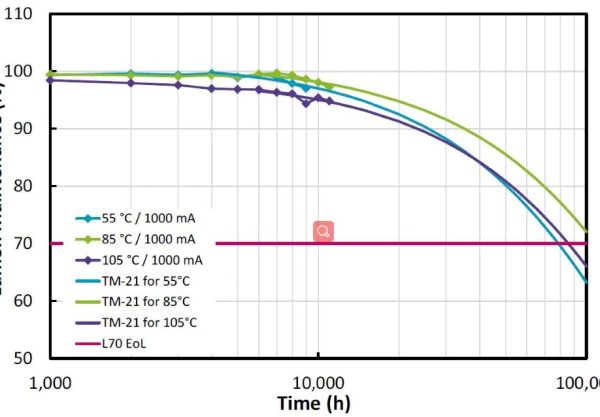
2) TM-21 Standard: Predicting LED light lifespan
The TM-21 is an international standard is based on LM-80 data to predict the lifespan of LED lights in
real-world conditions. By extending the data on light degradation, TM-21 helps provide a more accurate
estimate of the light’s overall lifespan.
For instance, TM-21 can extrapolate data from 6,000 hours of LM-80 testing to estimate the light’s performance
after 10,000 or 50,000 hours. If an LED chip’s LM-80 test shows 90% light maintenance at 85°C after 6,000 hours,
the TM-21 might predict a 70% maintenance rate (L70) after 50,000 hours.
Take an 100W LED street light on the market as an example:
1.Put the LM80 result (red column) into the TM21 table.
LM80: Test LED chips at driver current 100mA and 55℃&85℃&105℃.
2.Set LED light parameters and input them to the TM-21 measurement system (green column).
Drive current: 68mA
Case temperature:60.5°C
Percentage of Initial lumens:L70
3.TM-21 result in the pink column.
♦After 100,000 hours, the lumen maintenance rate is 74.19%.
♦It can claim that LED street light L70>102,000hrs.
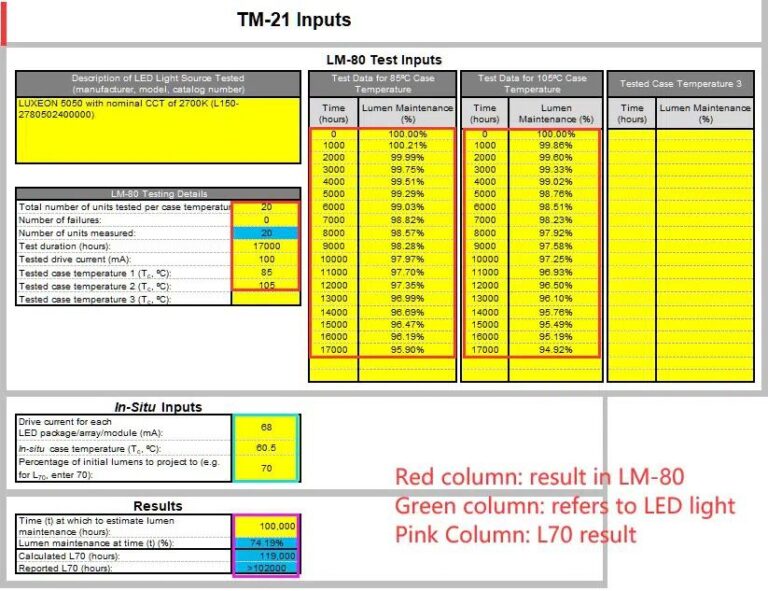
4. How LED Light Components Affect Lifespan
1) Key components of an LED light
LED lights consist mainly of LED chips, driver, heat sink, and housing. The quality and design of these parts
directly influence the light’s lifespan.
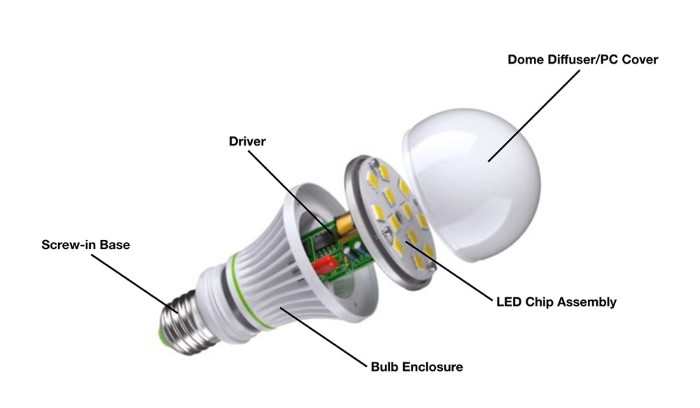
2) How each component impacts lifespan
It’s important to look at a LED light expected lifespan by evaluating it as a system with several components.
Whatever component of the system has the shortest life will determine the lifespan.
LED Chips
The core component that determines brightness and longevity. Reliable quality chips have slower light
degradation and longer lifespans. The L70 lifespan (when light output decreases to 70%) of high-quality
LED chips can reach between 50,000 and 100,000 hours.
Driver
The driver is the heart of LED light and significantly affects the light’s stability and lifespan, the lifespan
of the driver is much lower than the LED chip, and driver life can range from 10,000 to 80,000 hours,
depending on the design features, heat sink efficiency, capacitor construction, and overall quality.
Driver’s critical elements include electrolytic capacitor, transformer and rectifier bridge etc. Among them,
the capacitor has the greatest impact on the driver. The performance and lifespan of electrolytic capacitors are
significantly affected by operating temperature.
Generally, the lifespan of a capacitor is reduced by half for every 10°C increase in temperature (this is known as
the temperature rule of lifespan). An average expected lifetime of 5,000 hours at 105°C temperature for a typical
electrolytic capacitor will increase to 40,000 hours at 75°C.
To a certain extent, the lifespan of a capacitor represents the lifespan of the driver. Therefore, controlling the
operating temperature of capacitors is crucial for extending their lifespan and ensuring stable performance.
Below figure shows a typical lifetime curve based the operating temperature of a high-temperature-rated
electrolytic capacitor:
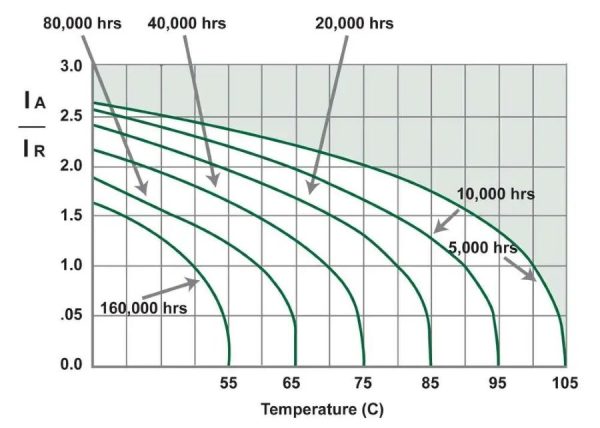
Below pic — our Reapway 18W 130LM/W LED T8, an expected lifetime of 80,000 hours at 75°C temperature for
a typical electrolytic capacitor (10,000h@105°C, 20,000h @95°C, 40,000h@85°C ). If tube work 10hrs/day, its
expected lifespan is 22 years.
Heat Sink
LED lights generate significant heat during operation, and a heat sink controls temperature to prevent
damage to the chips and driver. Well-designed and adequately sized heat sinks enhance the overall LED lifespan.
Housing
The housing protects the internal components and determines durability in various environments. Waterproof
and corrosion-resistant designs can extend the lifespan in harsh conditions.
In summary, using efficient heat sink materials, improving driver design, or selecting more durable LED chips can
all help extend the light life.

5. Other Factors Affecting LED Light Lifespan
1) Environmental factors: Operating temperature
The lifespan of an LED light largely depends on its operating environment. Excessive heat can accelerate the
aging of the chips and driver, shortening the light’s lifespan. Thus, when used in high-temperature environments,
it’s crucial to choose LED lights with good heat dissipation.
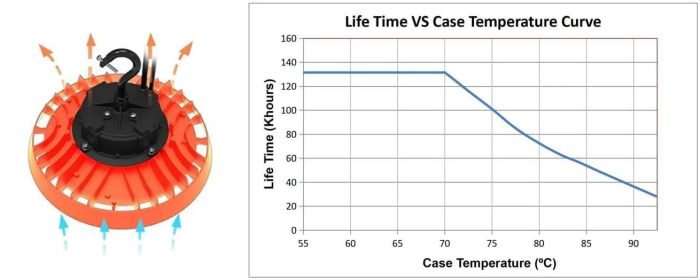
2) Humidity and corrosive gases
High humidity or environments with corrosive gases can also affect internal components, shortening the lifespan.
For example, lights used in industrial areas or coastal regions require a higher protection level.
3) Minimize On/Off Cycling
Every time an LED light is switched on, a surge of electrical current flows through those components, causing a tiny
amount of thermal and mechanical stress. By minimizing on/off cycling and reducing the frequency of turning on
your lights, LED lights experience less stress and last longer.

6.The Relationship Between LED Light Lifespan and Warranty Period
Lifespan vs. Warranty
The lifespan of an LED light typically refers to the time, under normal conditions, until its brightness drops to
a specific level (e.g.,L70). This reflects the actual working time and is usually measured in hours.
On the other hand, the warranty period refers to the time frame during which the manufacturer offers repair
or replacement services for any performance issues, typically measured in years.

The relationship between lifespan and warranty
While the lifespan of an LED light can reach 50,000 hours or even 100,000 hours, the warranty period usually
ranges from 3 to 5 years. This means that even though a light may theoretically last up to 17 years if used
8 hours a day, the warranty may only cover a portion of that lifespan.
Manufacturer’s considerations when setting warranty periods
Manufacturers usually set warranty periods based on their confidence in the product’s quality and their market
strategy. Excellent brands often offer longer warranties as a guarantee of long-term stability.
Reasons for discrepancies between warranty and lifespan
Though LED lights may have a theoretical lifespan of 50,000 hours, their actual lifespan can be affected by factors
such as usage environment, heat dissipation, and power stability. Therefore, the warranty period is often shorter
than the theoretical lifespan to account for various uncertainties.
7. Conclusion
Thanks to their long lifespan and energy efficiency, LED lights have become the mainstream choice for lighting.
Lifespan tests like LM-80 and TM-21 help assess durability, and the quality of core components and the usage
environment also influence longevity.
When purchasing, consumers should pay attention to both lifespan data and warranty periods to ensure
reliable after-sales service. Choosing high-quality LED lights saves energy and reduces the frequency of
replacements, providing long-term economic benefits.
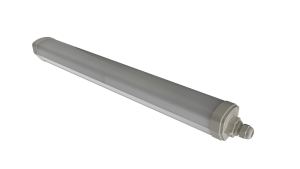
Request A Quote for Long Lifespan LED Light !
What you need is a true veteran of the LED lighting industry. Let Reapway.com help you become No.1 in the field.

About Author
Johnny Chen
Co-founder of Reapway Technology Limited, with 15 years of LED industry experience,
I specialize in market analysis, product knowledge, and team leadership. I’ve led a team
to $8 million in sales, and helped over 80 clients boost revenueby $1.2 million yearly.
And the purpose of this article is to share the knowledge related to LED linear high bay from
a Chinese supplier’s perspective.



Enjoyed studying this, very good stuff, appreciate it.
Thank you for reading our article!
We regularly share new insights and updates—stay connected by following our website for the latest content
and exploring our innovative LED lighting solutions.
You can also connect with me on linkedin and facebook:
https://www.linkedin.com/in/reapway/
https://www.facebook.com/Johnny180114
Thanks!
Johnny Chen
Reapway Technology Limited
Email: sales@reapway.com
Whatsapp: 0086-13728928716 Wechat: 0086-13728928716
Website: http://www.reapway.com